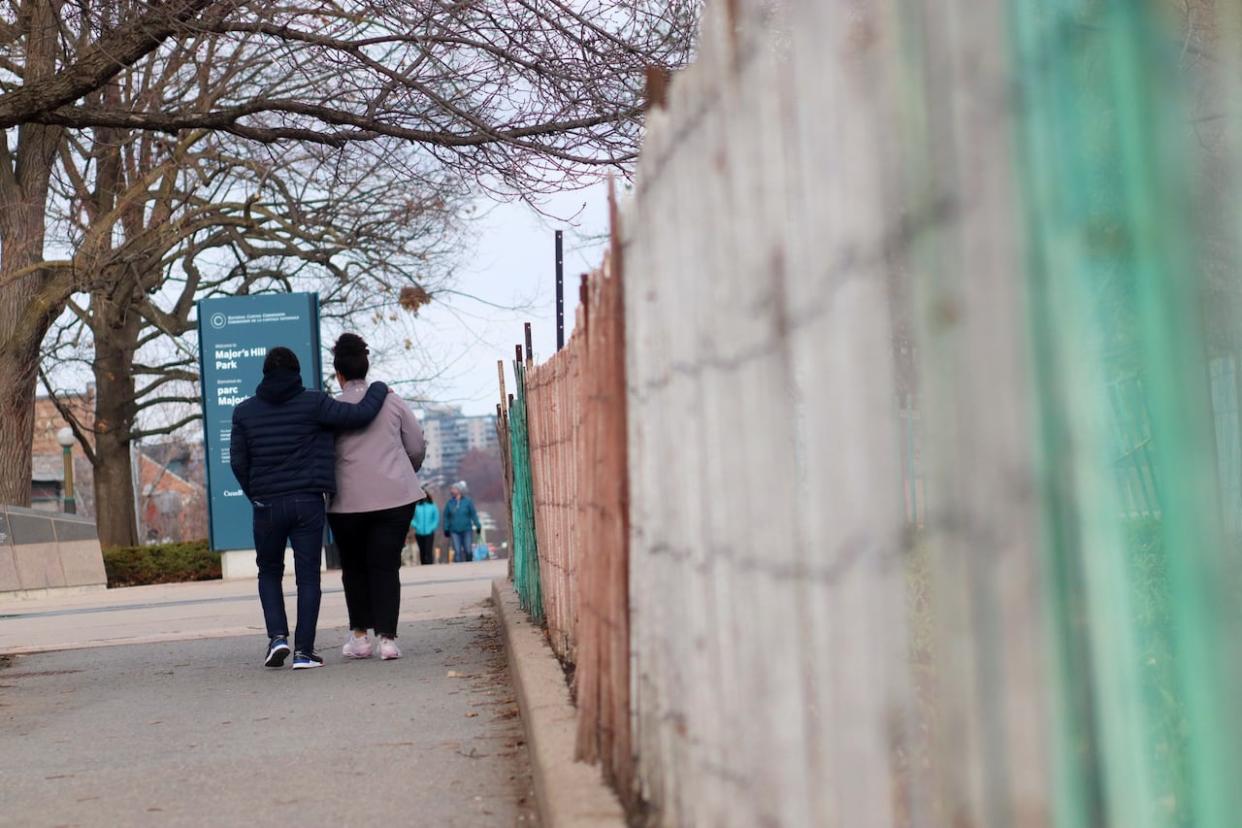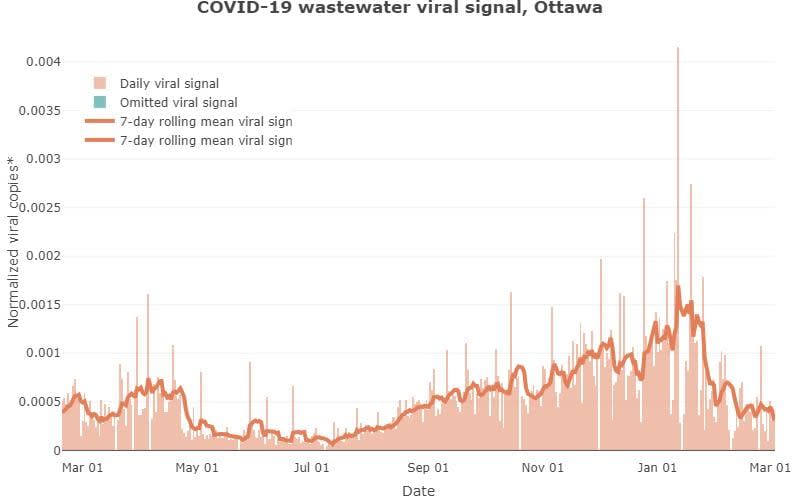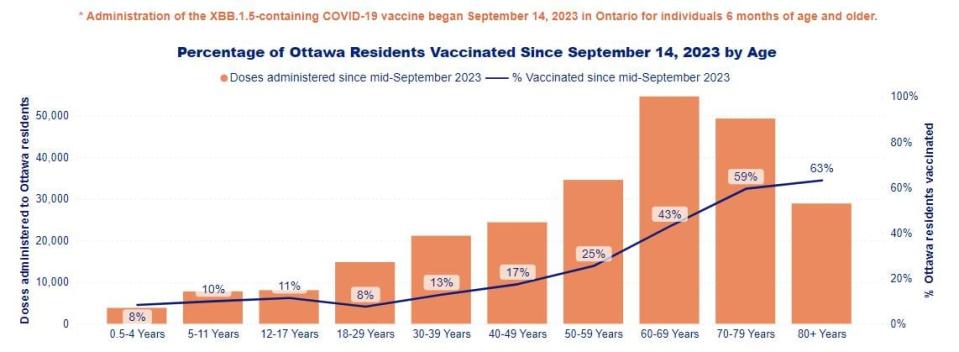COVID, flu and RSV steadfast in Ottawa to start March

Recent developments:
Ottawa's COVID-19 and RSV numbers remain low to moderate.
Some flu trends are still seen as very high.
The Kingston area drops out of high-risk territory.
No more COVID deaths have been reported locally.
The latest
As another region leaves high-risk respiratory season, Ottawa remains.
The weekly respiratory update from Ottawa Public Health (OPH) again presents a stable picture, with some very high flu trends compared to low-to-moderate COVID-19 and RSV levels.
Experts recommend people cover coughs, wear masks, keep hands and often-touched surfaces clean, stay home when sick and keep up with COVID and flu vaccines to help protect themselves and vulnerable people.
OPH says the city's health-care institutions remain at high risk from respiratory illnesses, as they've been since the end of August. This will be the case until respiratory trends are low again.
In Ottawa
Ottawa's coronavirus wastewater average had been stable for about three weeks as of March 4.
OPH said that level is moderate.

Researchers have measured and shared the amount of novel coronavirus in Ottawa's wastewater since June 2020. This is the data for the last year. (613covid.ca)
The weekly average test positivity rate in the city is a stable eight per cent, which is low to OPH.
OPH considers the number of new COVID-related hospitalizations in the city — 19 — as low.
The active COVID outbreak count is down to six, with a moderate number of new outbreaks.
OPH's monthly COVID vaccination update says 23 per cent of eligible residents have had the latest vaccine since the rollout started in mid-September 2023, up one per cent from last month.
This does not account for immunity from an infection.

Ottawa Public Health's data on how many people in different age groups have the latest COVID-19 vaccine. It rolled out wide to the general public at the end of October. (Ottawa Public Health)
After nearly four years, OPH has ended its COVID-specific dashboard. Much of the information is now reflected in OPH's respiratory updates. OPH said COVID open data will continue to be updated and the dashboard's data has been archived.
The province still shares data on COVID deaths, but there's more of a lag than with OPH's reporting. Ontario data covers up to Feb. 24 and was reflected in the final OPH dashboard update last week.
Across the region
The Kingston area's health unit says it's no longer in the midst of a high-risk time for respiratory illness for the first time since October. Specifically, the number of respiratory outbreaks there has dropped, as have various wastewater trends.
The Eastern Ontario Health Unit (EOHU)'s big-picture assessment rates the overall respiratory risk as moderate and stable.
Hastings Prince Edward (HPE) Public Health's weekly COVID hospital average drops to four. Flu activity there is seen as low.
Western Quebec has a stable 24 hospital patients who have tested positive for COVID.
Leeds, Grenville and Lanark (LGL) data goes up to Feb. 25, when its trends were stable or dropping. Renfrew County's next update is expected Thursday.

 Yahoo News
Yahoo News 
